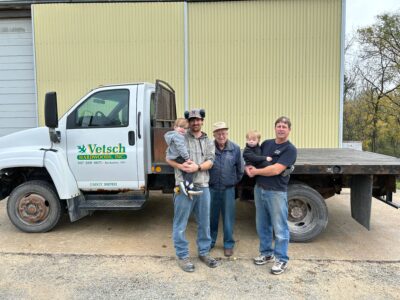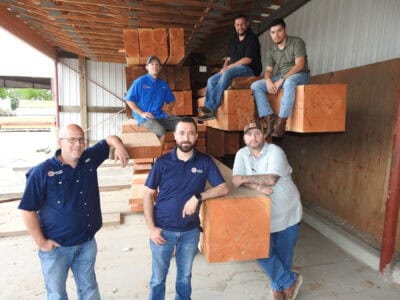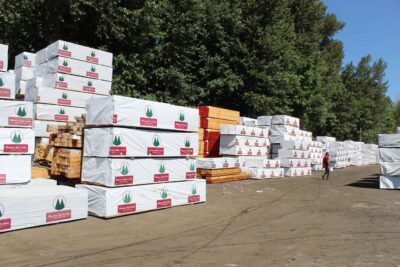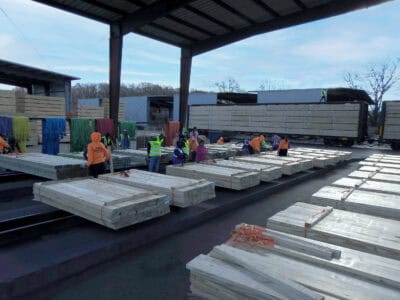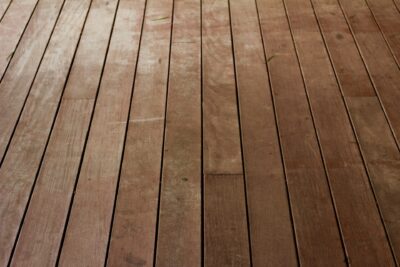
There’s no denying 2023 was a challenging year for U.S. Hardwood mills: production hit historically low levels and demand has declined both domestically and in export markets around the world, including in Europe, where lumber exports are down nearly 40 percent compared to 2022. And in the current economic and geopolitical situation, we’re under no illusions things will suddenly get better overnight.
But in the longer term, we see Europe, including the UK, as a significant growth market for American Hardwoods. And when demand improves, U.S. mills have historically shown the flexibility and dynamism to respond. That was demonstrated clearly during the recovery from the pandemic, when the industry reacted rapidly to dramatic growth in demand across and around the globe, leading to record exports in many major markets in 2022.
AHEC will continue to support the Hardwood industry to meet the demands of international markets, especially when it comes to environmental policies, which we see as huge advantage for American Hardwoods given their sustainability credentials. In the EU, of course, we face the challenge of proof of legality and deforestation-free supply, with the impending implementation of the EU Deforestation Regulation (EUDR). Against that backdrop, in our marketing and PR programs we’ll be highlighting the status of the U.S. Hardwood forest as one of the world’s great breadbaskets of sustainable wood fiber.
In addition, we (AHEC) have a strategy to help the industry meet the requirements of the EUDR, developing a solution to demonstrate legal and sustainable supply using risk assessment, satellite and data technology. It will enable the U.S. Hardwood industry to make a global legality and deforestation-free claim, that we believe can provide more credibility than established third-party certification schemes, that have failed to address the challenge of small non-industrial forest ownership which is the dominate factor in U.S. Hardwood forests.
Although there is still uncertainty surrounding how the EUDR will operate, data from the newly launched EU Observatory of the Joint Research Council of the EC, which will be the main resource for EUDR risk assessment by the EU regulators, shows that the deforestation risk associated with U.S. Hardwoods is, to all intents and purposes, zero.
AHEC’s marketing focus next year will be on promoting and encouraging European markets, to accept a greater variety of species of US hardwood. It makes sense commercially and environmentally. Providing a wider range of timber types increases customer choice. You can’t grow the market on a limited number of species. If buyers don’t stock and sell the sort of variety offered in the past, they’re limiting their business and not taking full advantage of the fiber available. Offering a limited choice also heightens the risk of consumers turning to timber substitutes, which often have a significantly higher environmental impact.
We will continue to argue the importance of making full use of what the forest provides on grounds of sustainability. By concentrating on a handful of species we’re underutilizing the wider resource and risk stressing supply of the more popular ones.
By the same rationale, we should also be making use of a wider spread of grades.
2024 will see more promotion of Red Oak in particular. It’s the most abundant U.S. Hardwood species. Using it to its full sustainable potential helps keep the forest productive and healthy. It is more competitive than European Oak, which remains the default species for many buyers and like its White Oak cousin in the U.S., they are in ever increasing demand in the barrel stave market, adding pressure on price and availability. Most importantly Red Oak has the right performance credentials for furniture, joinery and construction and in thermally modified form it’s also a viable alternative to Ash, which is, of course, under growing supply strain due to Emerald Ash Borer in U.S. and “die back” in Europe.
We have seen recent encouraging growth in Red Oak demand among the larger manufacturing industries of Italy and Spain, and from specialized joinery manufacturers in northern Europe, and that increase seems to be sticking. Our wish for 2024 is to see the UK embracing it to a similar extent.Overall, our main objective for the year ahead must be to further strengthen the rhetoric around the climate and wider environmental benefits of using U.S. Hardwood – including the fact that we’re making most sustainable use of the resource. This is especially important in relation to those non-wood substitutes, which, make no mistake, remain our biggest competitive threat. All the talk is about net zero and low carbon, but we have a material that is actually climate positive, and we must play that card.

